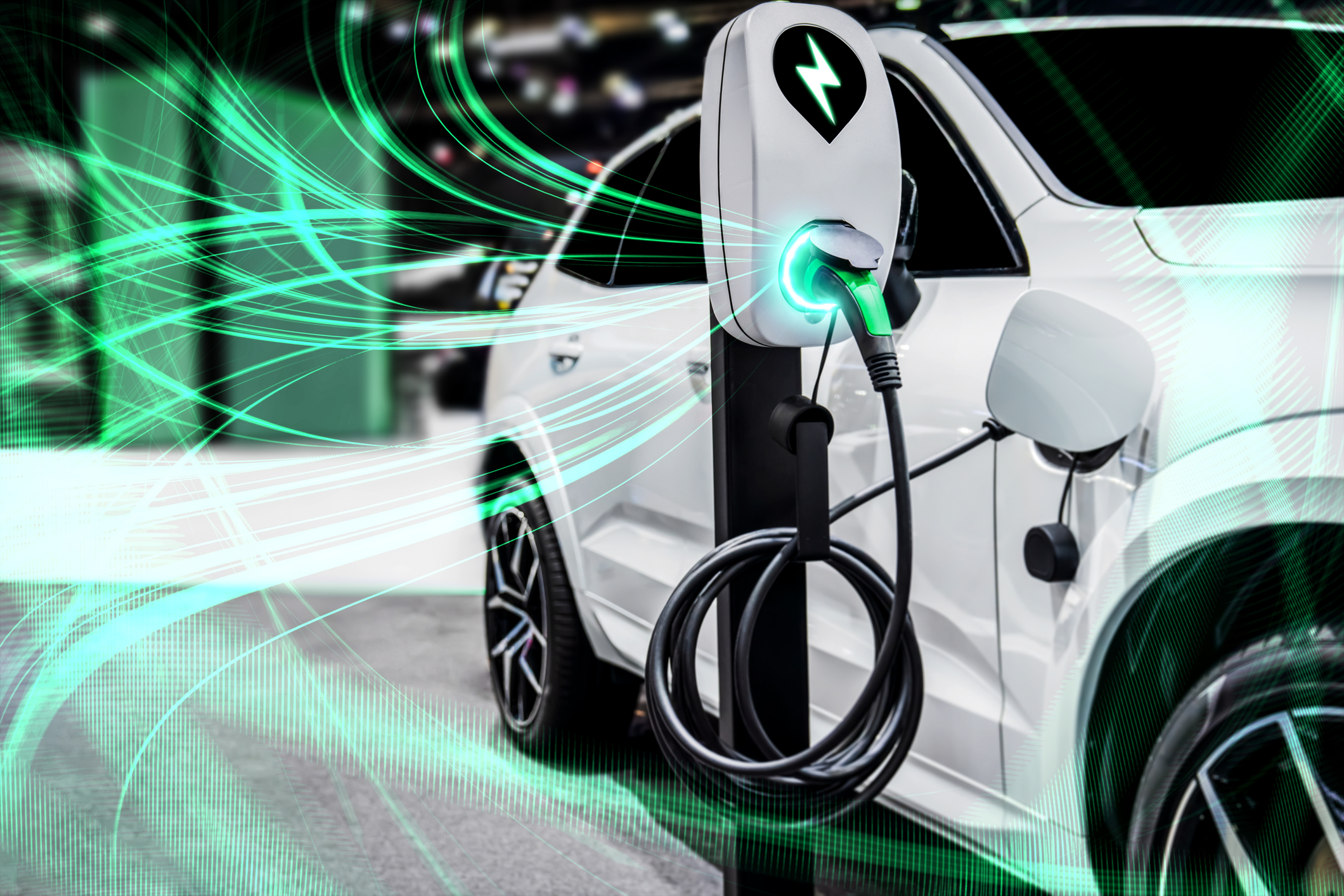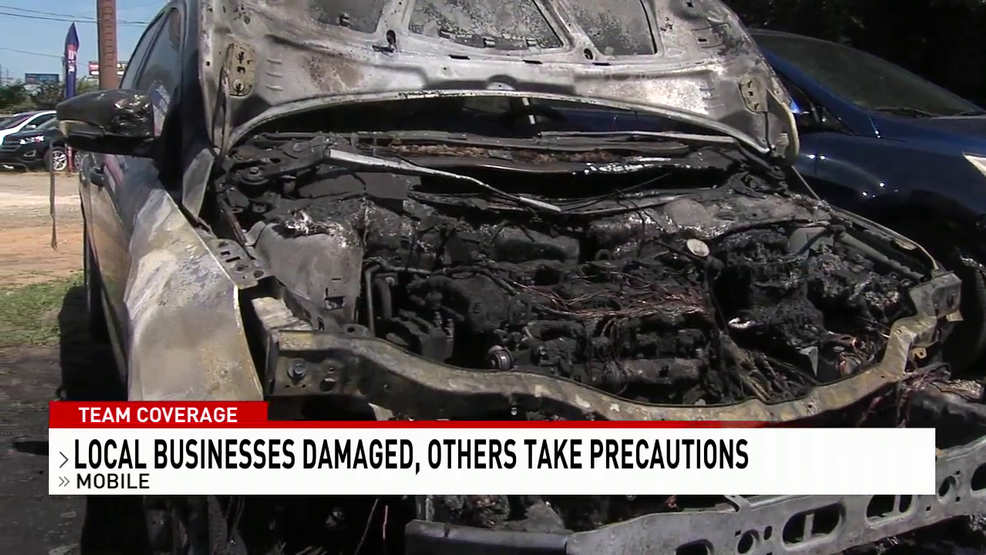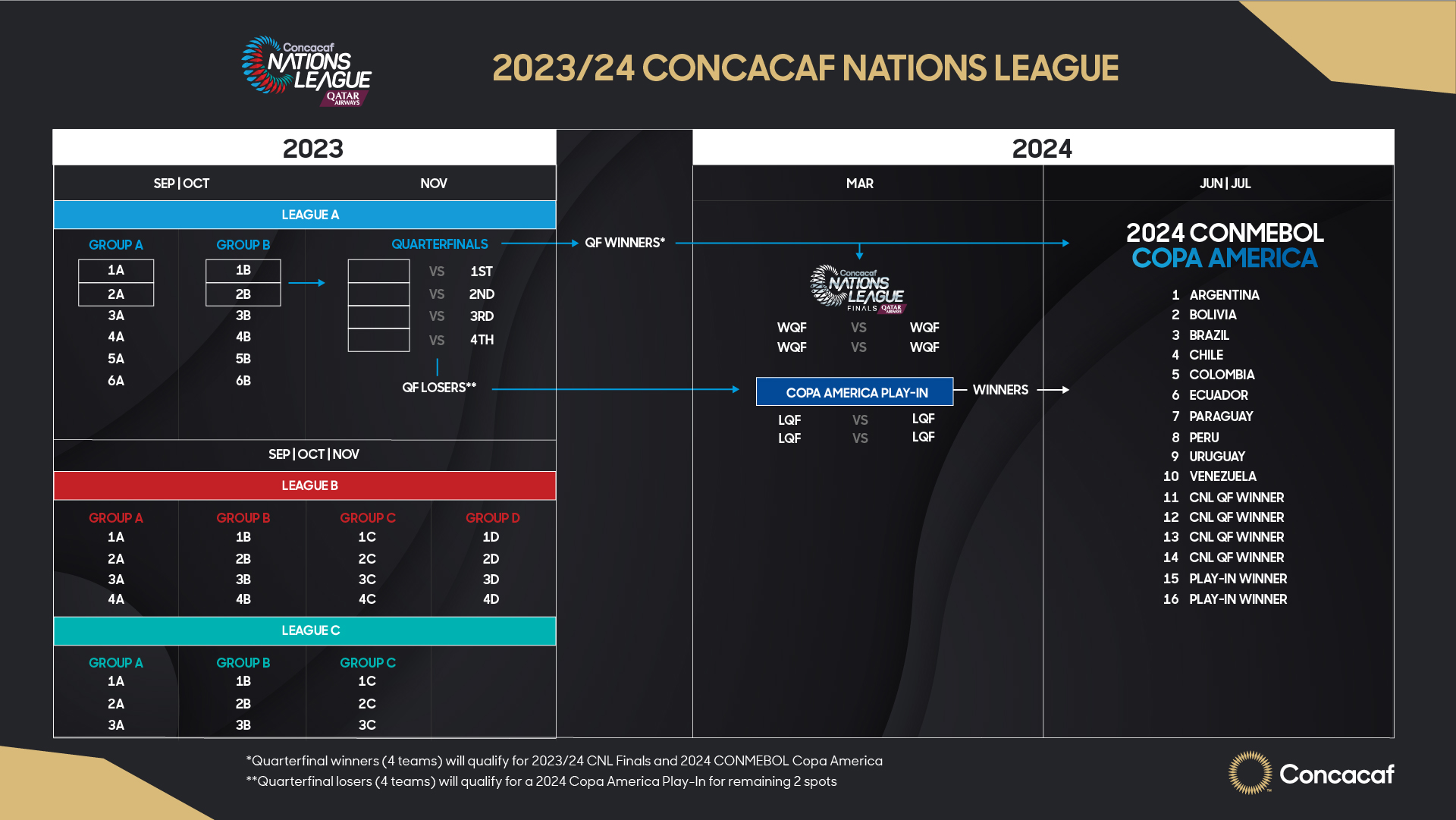Resistance Grows: Car Dealerships Push Back On EV Mandates

Table of Contents
Financial Hurdles and Infrastructure Gaps
Dealerships face significant financial obstacles and infrastructure limitations in adapting to the surge in electric vehicle mandates and the resulting increase in EV sales. These challenges threaten the viability of many dealerships, especially those in regions with lower consumer demand for EVs.
High Initial Investment Costs
Adapting to EV sales requires substantial upfront investment. Dealerships must upgrade their facilities and training programs to handle the unique aspects of electric vehicles.
- Upgrading service departments: Handling EV batteries and electric motors requires specialized tools, training, and safety equipment, representing a considerable expense.
- Installing charging infrastructure: The installation of Level 2 and DC fast chargers is costly, demanding significant capital expenditure and ongoing maintenance. This includes the necessary electrical upgrades to support the increased power demands of EV charging stations.
- Inventory management: EVs require different storage and handling procedures compared to gasoline-powered vehicles, adding complexity to inventory management systems and potentially requiring additional warehouse space or specialized storage solutions. This increased complexity impacts logistics and increases operational costs.
Lack of Consumer Demand in Certain Markets
While EV adoption is growing, it's not uniform across all regions. Dealerships in areas with lower EV adoption rates face a higher risk of unsold inventory and financial losses due to the aggressive implementation of EV mandates.
- Rural areas: Lack of charging infrastructure in rural areas significantly hinders EV adoption and creates a barrier for potential buyers, impacting the sales potential of dealerships in these regions.
- Higher purchase prices: The higher initial purchase price of EVs compared to gasoline-powered vehicles remains a significant deterrent for many buyers, particularly in markets with lower disposable incomes.
- Range anxiety and charging times: Concerns about range anxiety and charging times persist among potential EV buyers, further limiting demand in some areas and putting pressure on dealerships to educate and reassure customers.
Logistical Challenges and Training Requirements
The transition to electric vehicles presents significant logistical challenges and necessitates substantial investment in employee training. This requires a proactive approach from both dealerships and policymakers to address these issues successfully.
Specialized Training and Expertise
Selling and servicing EVs requires specialized knowledge and training, creating a considerable hurdle for dealerships. A shortage of skilled technicians further exacerbates the problem.
- Mechanic training: Mechanics need extensive training to work safely on high-voltage systems and the complex components of electric vehicles. This specialized training is time-consuming and expensive.
- Sales staff training: Sales staff require comprehensive knowledge of EV technology, charging options, government incentives, and the differences between EVs and internal combustion engine vehicles to effectively address customer inquiries and concerns.
- Technician shortage: Finding and retaining qualified EV technicians is a significant challenge due to high demand and the specialized skills required.
Inventory Management and Supply Chain Issues
The EV supply chain presents challenges, leading to inventory fluctuations that add to the complexity of managing both traditional and electric vehicle stock within dealerships.
- Supply chain disruptions: Microchip shortages and other supply chain disruptions can significantly impact EV availability, making inventory forecasting and management exceptionally difficult.
- Inventory balancing: Balancing EV inventory with the demand for traditional vehicles is a logistical challenge, requiring sophisticated inventory management systems and strategies to optimize stock levels.
- Demand forecasting: Accurately forecasting EV demand is difficult due to the rapidly evolving market, making it challenging to optimize inventory levels and minimize the risk of overstocking or shortages.
Government Support and Policy Recommendations
Addressing the concerns of car dealerships requires proactive government intervention through financial incentives and a more strategic approach to implementing EV mandates.
Financial Incentives for Dealerships
Governments can provide significant support by offering financial incentives to help dealerships invest in EV infrastructure and training.
- Charging station incentives: Incentivize the installation of charging stations at dealerships through grants or tax breaks.
- Training program funding: Offer funding for comprehensive training programs for EV technicians and sales staff to ensure adequate skill development.
- Tax credits for EV sales: Provide tax credits for dealerships that meet specific EV sales targets to encourage proactive adoption of electric vehicles.
Phased Implementation of Mandates
A more gradual approach to implementing EV mandates would allow dealerships more time to adapt and lessen the financial risks involved.
- Realistic sales targets: Set realistic EV sales targets based on market conditions and regional variations to avoid overly ambitious goals that could harm dealerships.
- Collaborative planning: Collaborate with dealerships to develop a strategic plan for the transition to EVs, taking into account their specific needs and concerns.
- Ongoing support and guidance: Provide ongoing support and guidance to help dealerships succeed in the EV market, including access to resources, best practices, and ongoing training opportunities.
Conclusion
The growing resistance to EV mandates underscores the complex challenges facing the automotive industry during its transition to electric vehicles. While the shift to EVs is crucial for environmental sustainability, addressing the legitimate concerns of car dealerships through targeted government support and a more phased implementation approach is essential. Ignoring these concerns will only hinder progress toward a cleaner transportation future. Finding a collaborative solution, through open dialogue and pragmatic policies, is vital to overcome the obstacles and ensure the successful implementation of effective EV mandates and the growth of electric vehicle sales. A balanced approach that supports both environmental goals and the economic viability of car dealerships is crucial for a successful transition.

Featured Posts
-
 Xay Dung Cau Ma Da Thach Thuc Va Co Hoi Phat Trien Dong Nai
May 22, 2025
Xay Dung Cau Ma Da Thach Thuc Va Co Hoi Phat Trien Dong Nai
May 22, 2025 -
 Firefighters Respond To Major Car Dealership Fire
May 22, 2025
Firefighters Respond To Major Car Dealership Fire
May 22, 2025 -
 Bidens Prostate Cancer Screening History What We Know
May 22, 2025
Bidens Prostate Cancer Screening History What We Know
May 22, 2025 -
 Lindsey Graham Calls For Harsh Sanctions Against Russia If Ceasefire Fails
May 22, 2025
Lindsey Graham Calls For Harsh Sanctions Against Russia If Ceasefire Fails
May 22, 2025 -
 The It Ends With Us Legal Battle Taylor Swift And Blake Livelys Position Explained
May 22, 2025
The It Ends With Us Legal Battle Taylor Swift And Blake Livelys Position Explained
May 22, 2025
Latest Posts
-
 Risas Garantizadas Memes Del Partido Canada Vs Mexico Liga De Naciones Concacaf
May 22, 2025
Risas Garantizadas Memes Del Partido Canada Vs Mexico Liga De Naciones Concacaf
May 22, 2025 -
 Ligata Na Natsii Makedoni A I Potentsi Alnite Protivnitsi
May 22, 2025
Ligata Na Natsii Makedoni A I Potentsi Alnite Protivnitsi
May 22, 2025 -
 Mejores Memes De La Concacaf Canada Vs Mexico
May 22, 2025
Mejores Memes De La Concacaf Canada Vs Mexico
May 22, 2025 -
 Makedoni A Vo Ligata Na Natsii Mozhni Rivali I Analiza Na Grupite
May 22, 2025
Makedoni A Vo Ligata Na Natsii Mozhni Rivali I Analiza Na Grupite
May 22, 2025 -
 Canada Vs Mexico La Batalla De Memes En La Liga De Naciones Concacaf
May 22, 2025
Canada Vs Mexico La Batalla De Memes En La Liga De Naciones Concacaf
May 22, 2025
